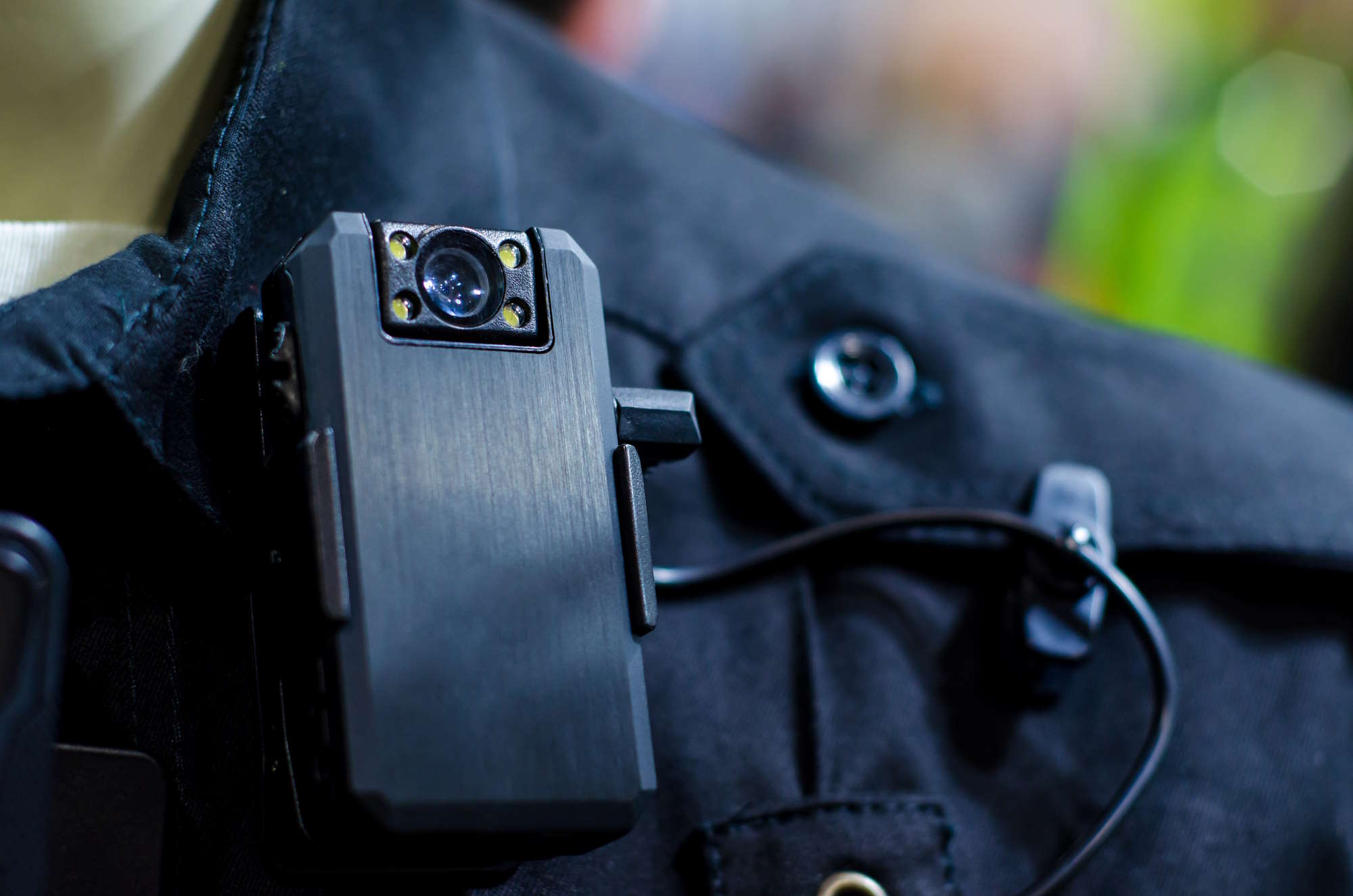In today’s world of limited police funding, staffing shortages, anti-police rhetoric, and allegations of racial disparities in policing, it is crucial that police decisions are based on data. The importance of data-driven decision-making in law enforcement has contributed to the establishment of a distinct and necessary profession within the field: crime analyst.
Crime analysts provide valuable insights to law enforcement agencies that optimize their efforts to reduce crime. They also help law enforcement executives with resource allocation, personnel deployment, and strategic decision making. Crime analysis continues to grow in popularity due to the increasing complexity of criminal activities and the data available to law enforcement agencies. Traditional investigative approaches do not always meet the needs of today’s complex criminal activities.
By identifying patterns, trends, and connections within vast datasets, crime analysts play a critical role in enabling law enforcement to respond to emerging threats more efficiently. According to the Bureau of Justice Assistance in the Department of Justice, “Modern crime analysts utilize complex computer systems to apply various analytic techniques, ranging from simple pattern analysis to complex statistical analysis.”
The many roles of crime analysts
Crime analysts’ roles differ in each organization. In some, analysts are specialized. For example, intelligence analysts may focus on criminal organizations and work in a fusion center. Strategic analysts may be part of police research and planning units, where an analyst may focus on long-range strategic goals of the organization. In other organizations that employ just a single crime analyst, that person may have responsibilities ranging across administrative, strategic, and tactical analysis. In addition to police agencies, crime analysts today also serve in other criminal justice agencies like prosecutors’ offices and corrections departments.
The role of the crime analyst is to use data to augment the skills and experience of their colleagues in law enforcement. A detective, working on his or her assigned cases, may have deep experience in interviewing subjects and investigative police work, but may not have the analytical expertise to make use of datasets. It is the crime analyst who can employ analysis tools to uncover possible links between similar motives, persons, and types of crime—analysis that can help that detective solve cases and reduce crime.
The growing recognition of crime analysis led to the creation of the International Association of Crime Analysts (IACA) in 1990. Currently, the association has over 6,000 active members in more than 20 countries. An experienced analyst can become certified through the IACA as a Certified Law Enforcement Analyst (CLEA), while novice analysts may test for the foundational certification called LEAF (Law Enforcement Analyst – Foundational). Certification is a testament that analysts have a working knowledge of a broad range of topics applicable to crime analysis. The IACA reports that the “certification program provides the foundation on which a profession demarcates the knowledge, skills, and abilities necessary for successfully meeting the job duties and responsibilities within its given field.”
What training or education do crime analysts need?
Crime analysis job postings differ in their requirements for formal education. There is currently no minimum educational standard. Entry-level job postings may list work experience in lieu of formal education. However, most crime analysis positions for federal or state agencies will require a minimum of a bachelor’s degree in a related field. Analysts often hold undergraduate degrees in criminal justice or data analytics, a Master of Science in law enforcement administration, or a Master of Science in criminal justice. As crime analysis has grown in popularity over the years, colleges and universities have begun to offer certificate and graduate programs specifically in crime analysis.
In addition to formal education, a crime analyst’s skill set includes knowledge of the crime analysis process, routine activities theory, the Pareto rule, advanced statistical concepts and formulas, law enforcement models, and law enforcement data sources. Analysts set themselves apart from other law enforcement careers by mastering analysis techniques and demonstrating expertise.
Analysts are encouraged to participate in continuing education—and CLEA-certified law enforcement analysts are required to maintain education credits. Just as police officers attend annual in-service training programs, crime analysts can take advantage of training classes, networking opportunities, webinars, virtual learning opportunities, and training conferences offered by IACA and regional associations. These activities ensure that analysts can enhance their skills and remain current in the field. Additionally, the Bureau of Justice Assistance has created a website called the Analysis Toolkit. This site offers yet another educational resource for crime analysts.
Crime analysis has come a long way in the past 20 years. As technologies grow more sophisticated and information sharing increases rapidly, the role of crime analysis continues to grow with them. The federal government is also helping crime analysis to flourish. CNA supports the Crime Analyst in Residence program of the Bureau of Justice Assistance, providing crime analysis training and capacity-building to small and rural law enforcement agencies with little or no crime analysis capacity.
This is the first of three articles InDepth will publish in September and October on the value of crime analysts to law enforcement.



